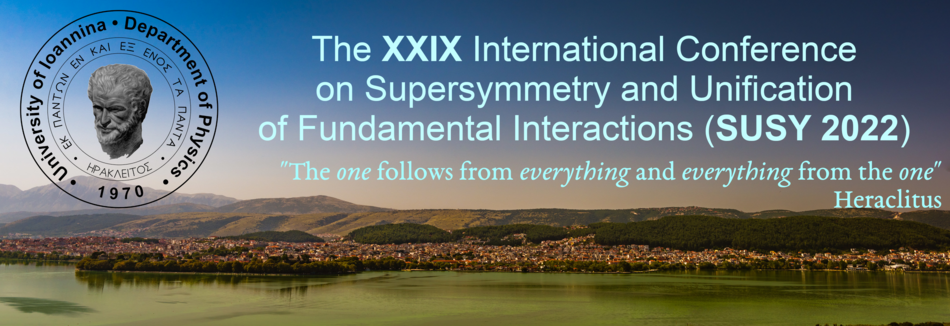Speaker
Description
The Higgs sector of the supersymmetric $B-L$ extension of the Standard Model (BLSSM) consists of 4 neutral $CP$-even bosons, 2 neutral $CP$-odd bosons and one charged Higgs boson. In this model, We show that the lightest $CP$-even Higgs boson, which is like the standard model Higgs boson, and the next lightest Higgs boson are generated from the neutral components of the two electroweak Higgs doublets. We also show that the mass of the next lightest Higgs boson can be of an order of a few hundred GeVs. We analyze the detection of the next lightest Higgs boson, $h'$, at the Large Hadron Collider (LHC) for a center-of-mass energy $\sqrt{s}=14$ TeV and integrated luminosity $L_\text{{int}}=300~fb^{−1}$ via di-Higgs channel: $h'\to hh\to b\bar{b}+2\gamma$ and also in both, the ZZ channel: $h'\to ZZ\to 4\ell$ and $WW$-channel with missing energy (MET) in the final state: $h'\to WW\to 2\ell+\text{MET}$$~(\ell=e,\mu)$. We consider three benchmark points for this analysis in the quite low, moderate and high scale of mass ranges with $m_{h'}=250, 400$ GeV, and $m_{h'}=600$ GeV. We show that promising signals with good statistical significances can be obtained in di-Higgs channel, with diphoton and $2b$-jets final states and the final leptonic decay $ZZ$- and $WW$-channels.
